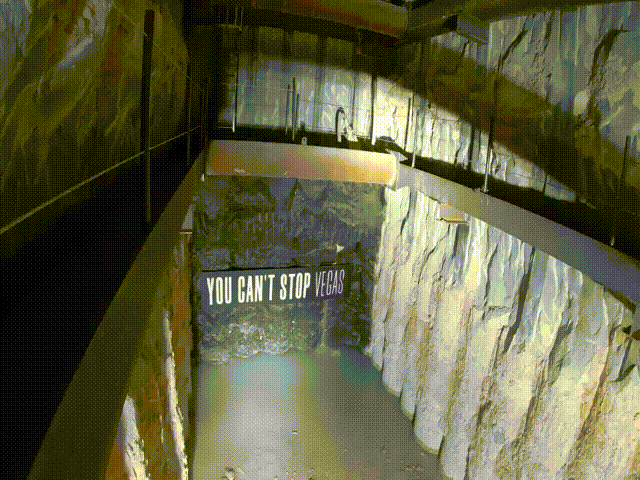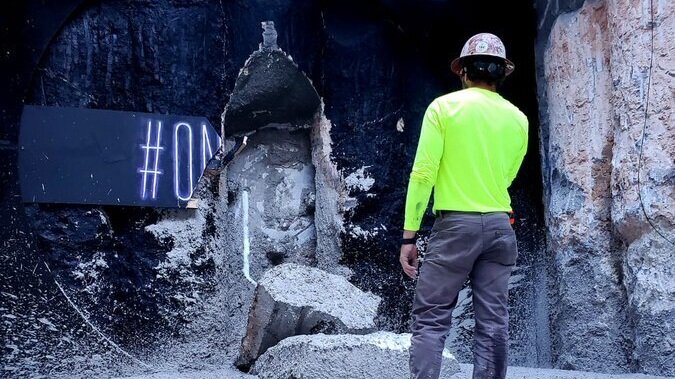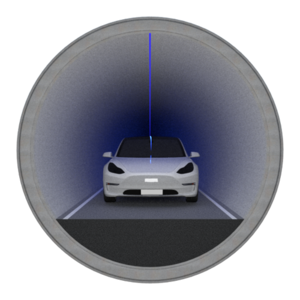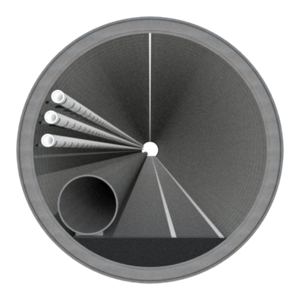
WHY TUNNELS?
To solve the problem of soul-destroying traffic, transportation networks need to match our 3D cities. Tunneling enables economical, layered transportation networks that can be expanded over time.
Today’s roadways occupy valuable surface area in cities. Tunnels put underground space to work and augment existing transportation systems.

Benefits
Weatherproof: rain, snow, wind, and surface temperatures do not affect system operation.
Invisible: tunnel construction does not impact traffic patterns or create any discernible surface noise or vibration.
Expandable: tunnels can be extended and new levels added as additional capacity is required.
Safe: a tunnel is one of the safest places to be during an earthquake. Tunnels protect against falling debris and have been used to transport rescue personnel.
Fast: tunnels are sealed from the elements, making them suitable for low-pressure use with Hyperloop high-speed transportation.

Construction
Once a tunnel boring machine has reached its operating depth of two tunnel diameters, tunneling causes less noise and vibration at the surface than a pedestrian.
Most utilities are located within 10 feet of the surface. Our tunnels are typically more than 30 feet below the surface, where underground space is currently unused.
To make the most of excavated dirt, we are developing a way to reuse dirt for bricks and pavers for use in anything from affordable housing to patios to the Pyramids (a famous recent example of dirt-based construction).






